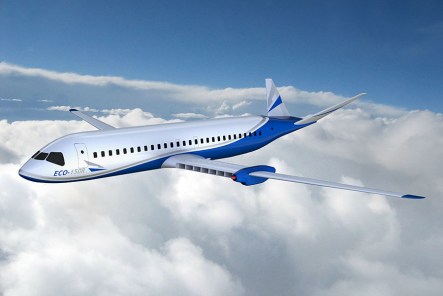Electricity powers motorcycles, cars and boats, but how about planes? In recent years, research has been dedicated applying such technology to the aviation industry. Even though the price of oil per barrel has dropped lately, we still pay a hefty price for carbon-based fuels, and our planet absorbs ever-increasing levels of pollution. In 2011, the e-Genius, a two-seater aircraft built by the engineers at the University of Stuttgart, climbed more than 20,000 feet in under two minutes and reached speeds of 142 miles per hour. It flew uninterrupted for 300 miles. The aircraft burned no fuel and has zero emissions, because it was equipped with an all-electric motor powered by a single battery. Another fantastic component was the cost: during a 62-mile stretch of its historic flight, the plane used about 25 kilowatts of electricity for a total energy cost of just over $3. NASA has been investing heavily in electric planes, too—the agency has been focusing on designing and building the X-Series, a line of environmentally-friendly airplanes. Test pilots and engineers at NASA’s Armstrong Flight Research Center in Edwards, Calif. are “flying” a simulator designed to mirror exactly the specifications of the X-57 Maxwell, which will be NASA’s first piloted X-plane in two decades. The X-57 will be the first NASA X-plane to feature a fully distributed electric propulsion system, which researchers will use to demonstrate an increase in cruise energy efficiency, as well as reductions in carbon emission and aircraft noise. That is expected in early 2018. NASA isn’t the only one interested in the Tesla of the skies. Wright Electric, a U.S. startup, announced on their blog the “Wright One,” an electric 150-seater concept that runs on batteries and can handle flights under 300 miles. These short trips make up to...

